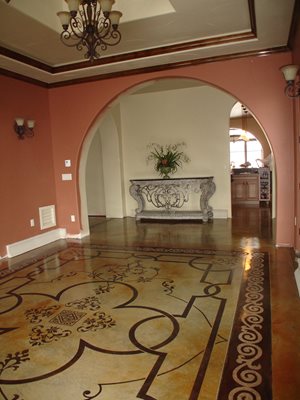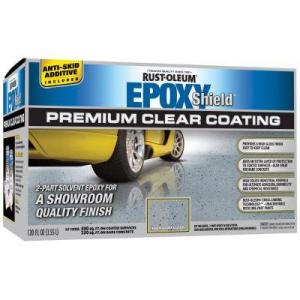Boerderij_Kabouter
Well-Known Member
I have a portion of my basement that is my brewery. The room is ~11x22 feet or 252 sq. ft.
The floor is rough concrete with a couple repaired spots and is generally uneven. I want to level the floor and I want to do it myself. Is this possible? I looked up quikcrete's self leveling compound and it looks like that would work, but I was hoping there were some contractors or other craftsman who could give me some direction.
The floor is rough concrete with a couple repaired spots and is generally uneven. I want to level the floor and I want to do it myself. Is this possible? I looked up quikcrete's self leveling compound and it looks like that would work, but I was hoping there were some contractors or other craftsman who could give me some direction.





